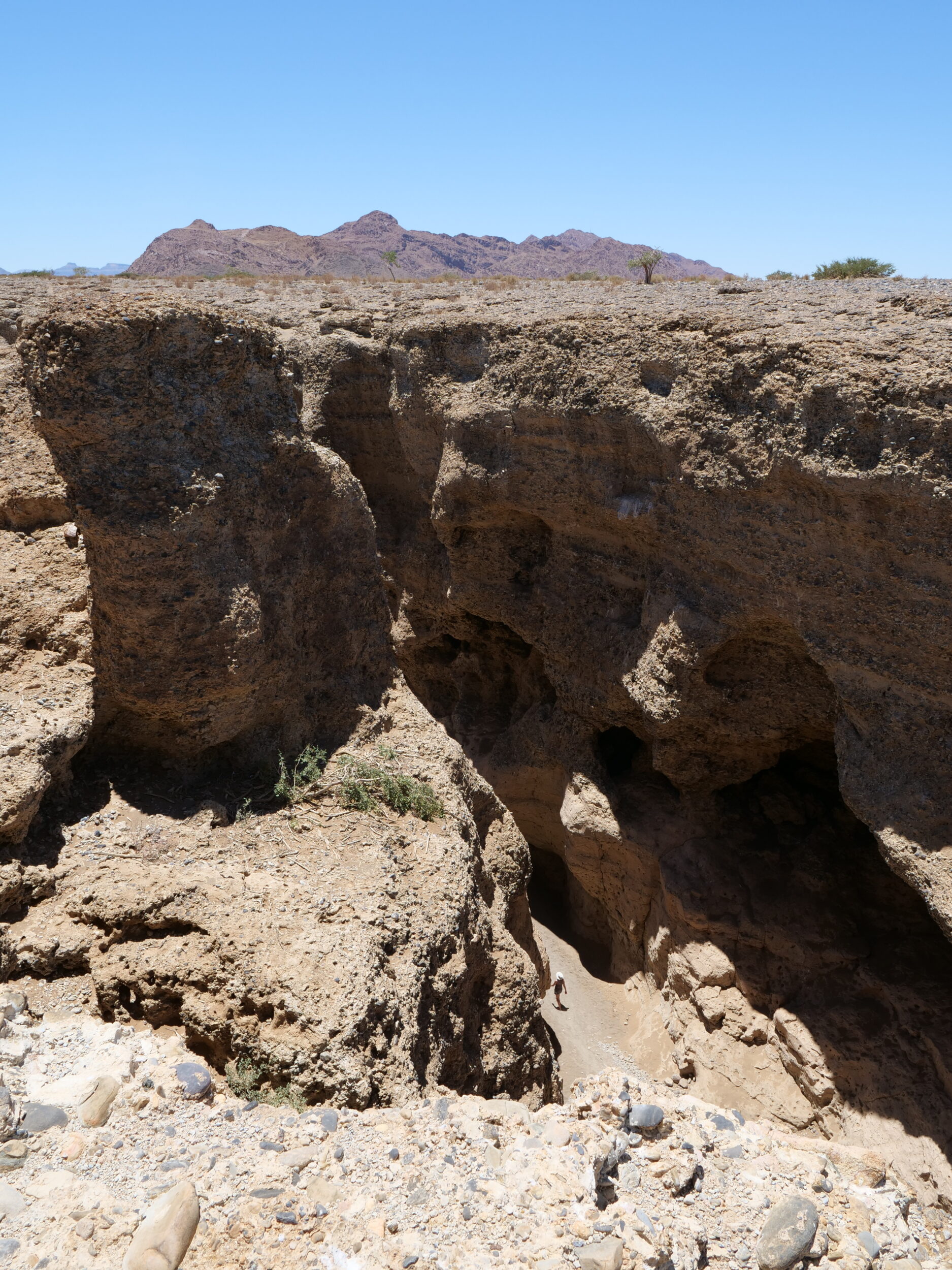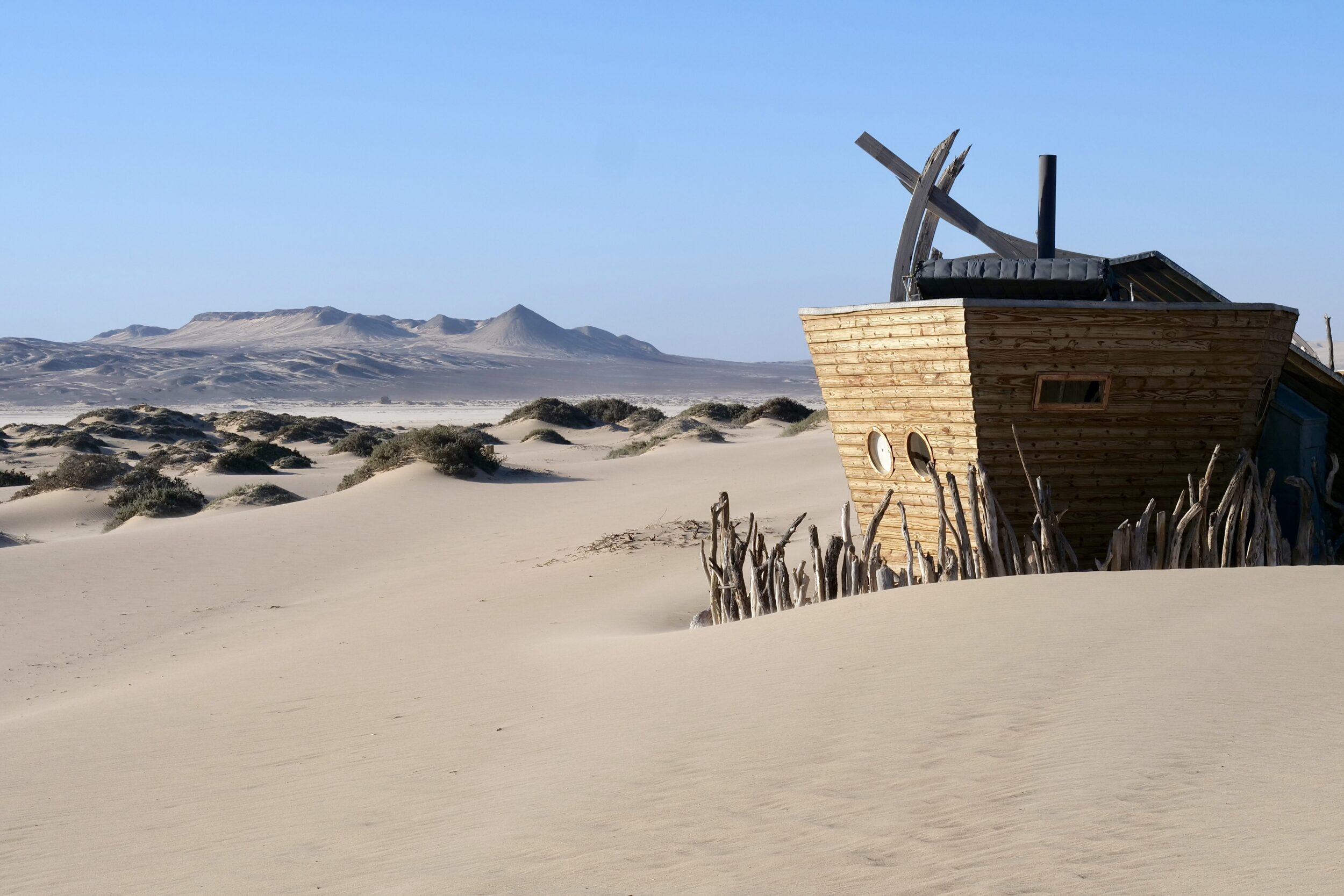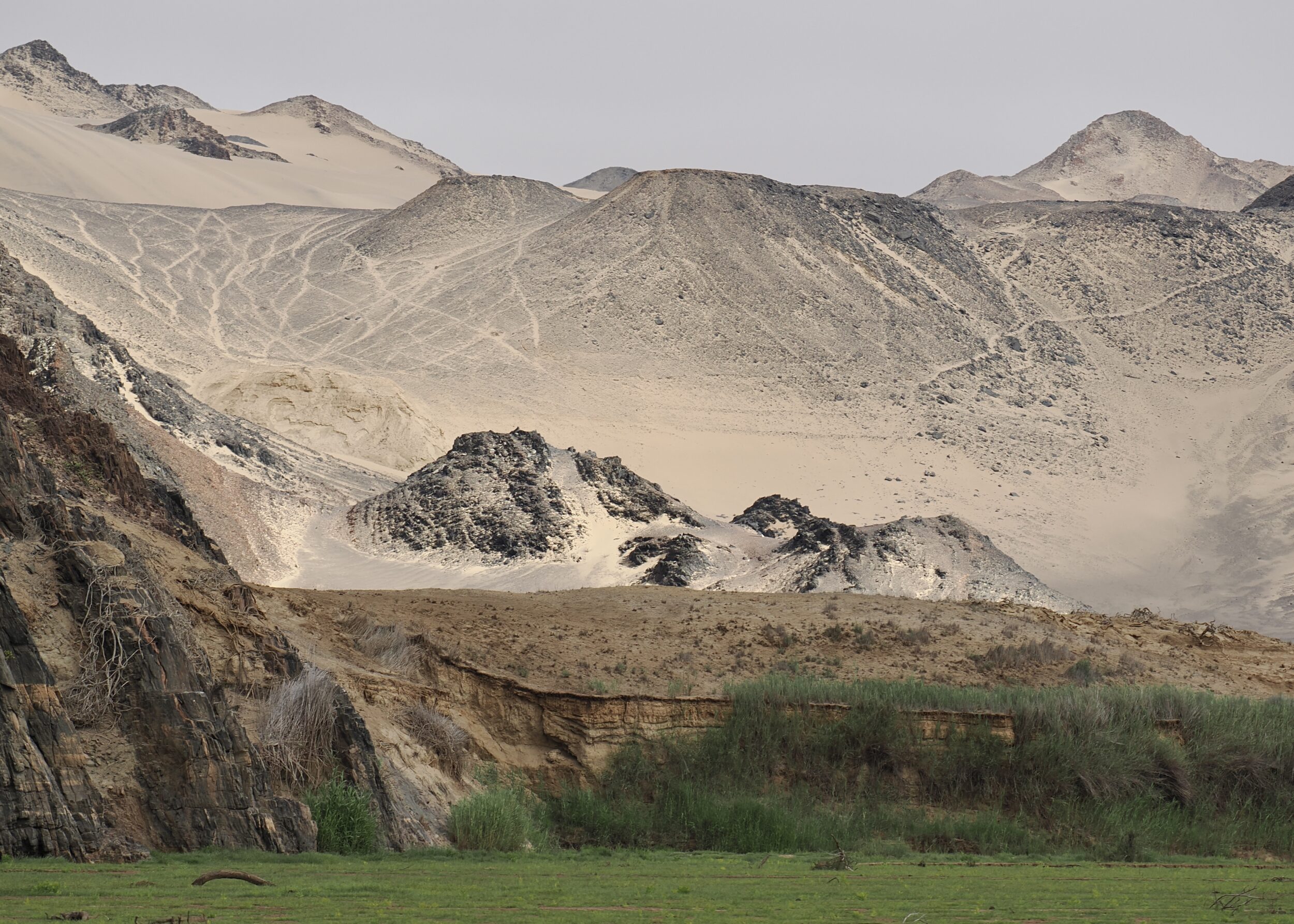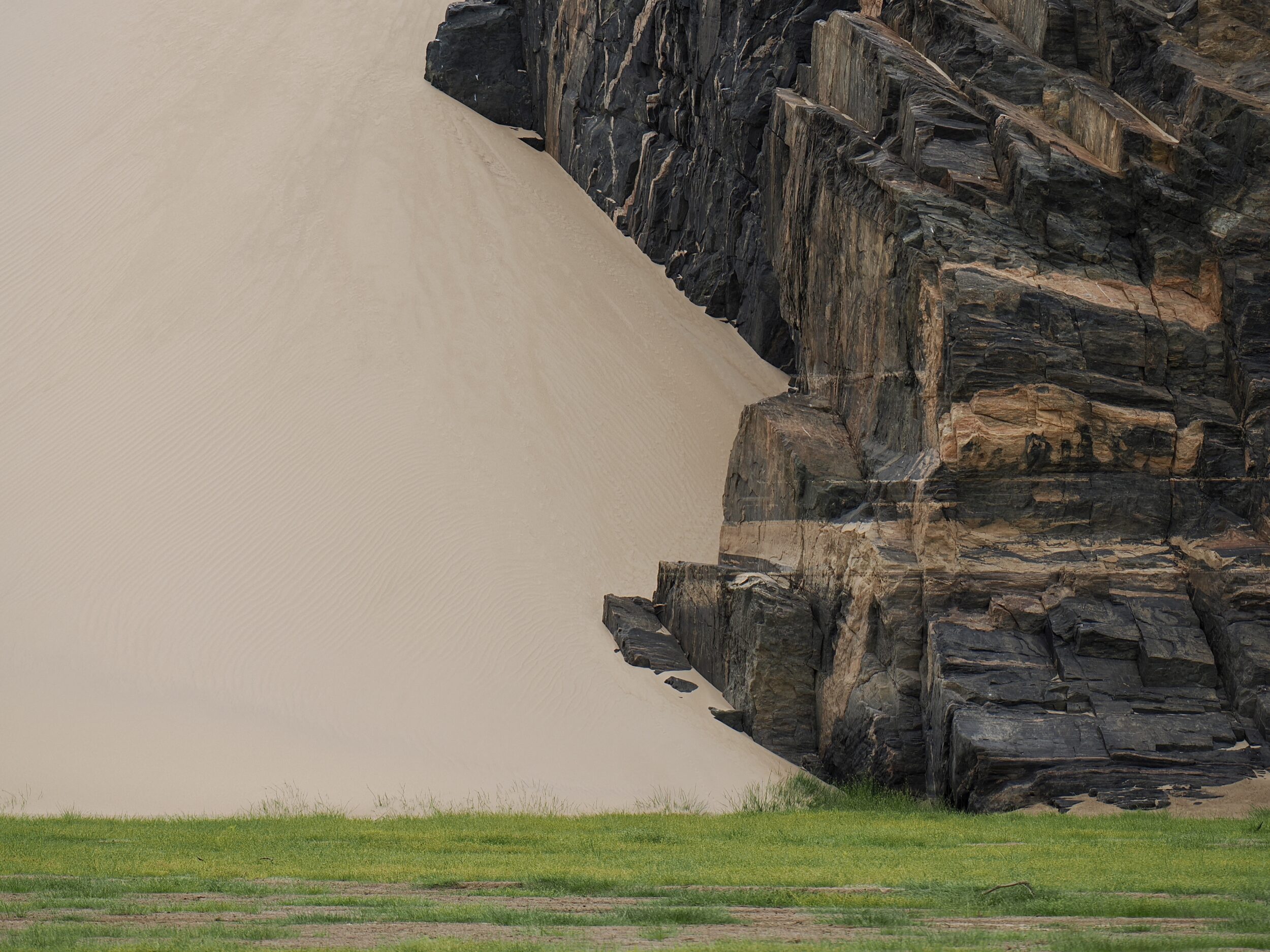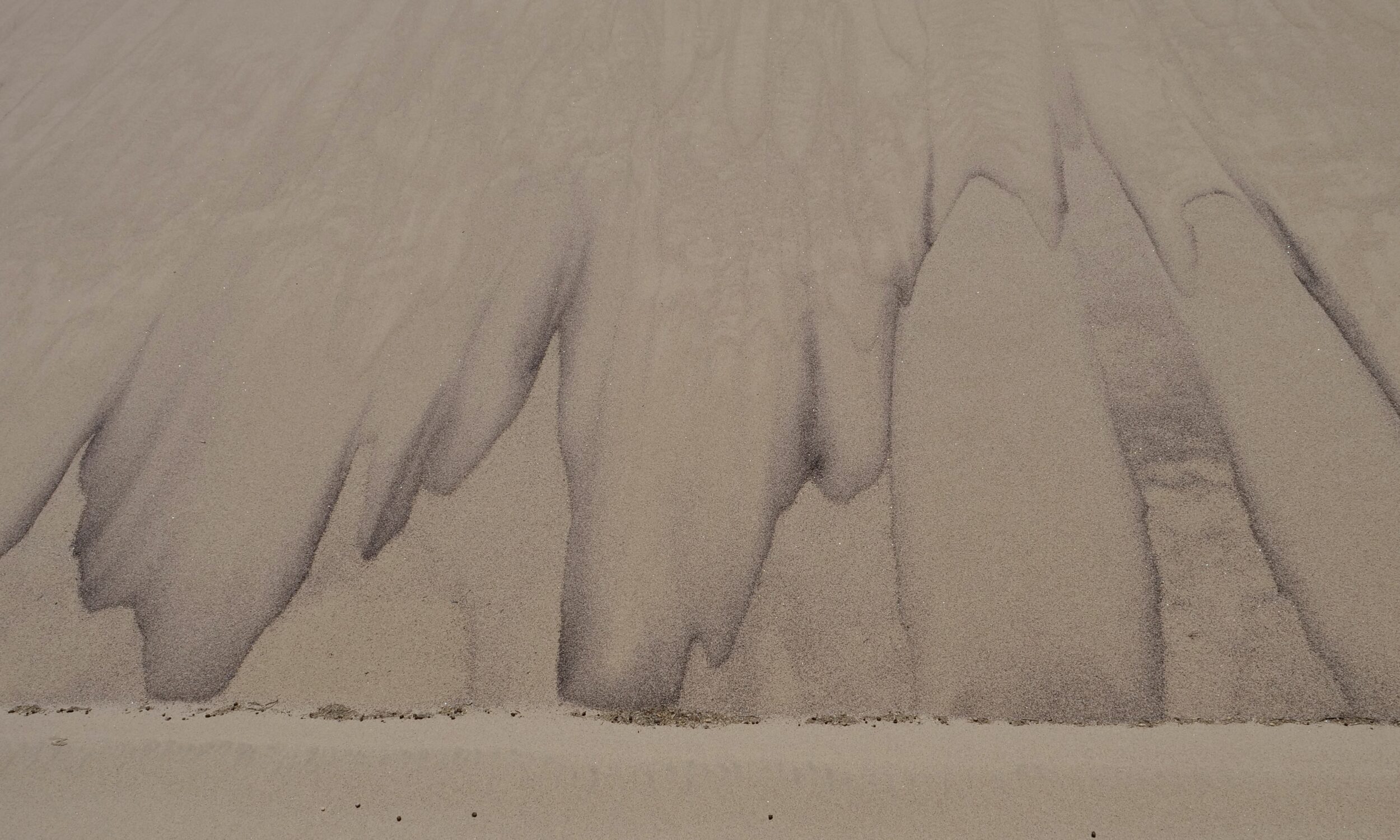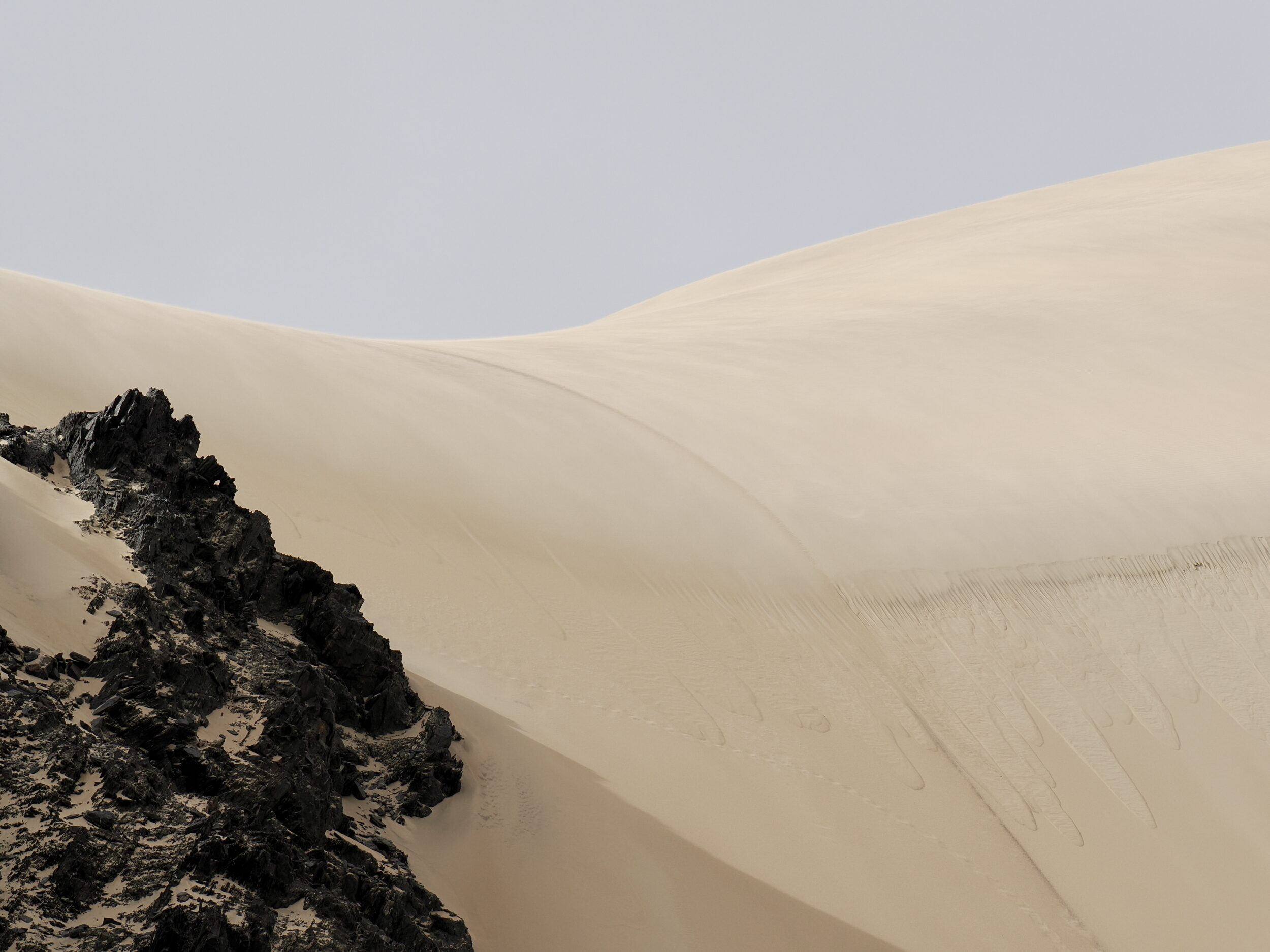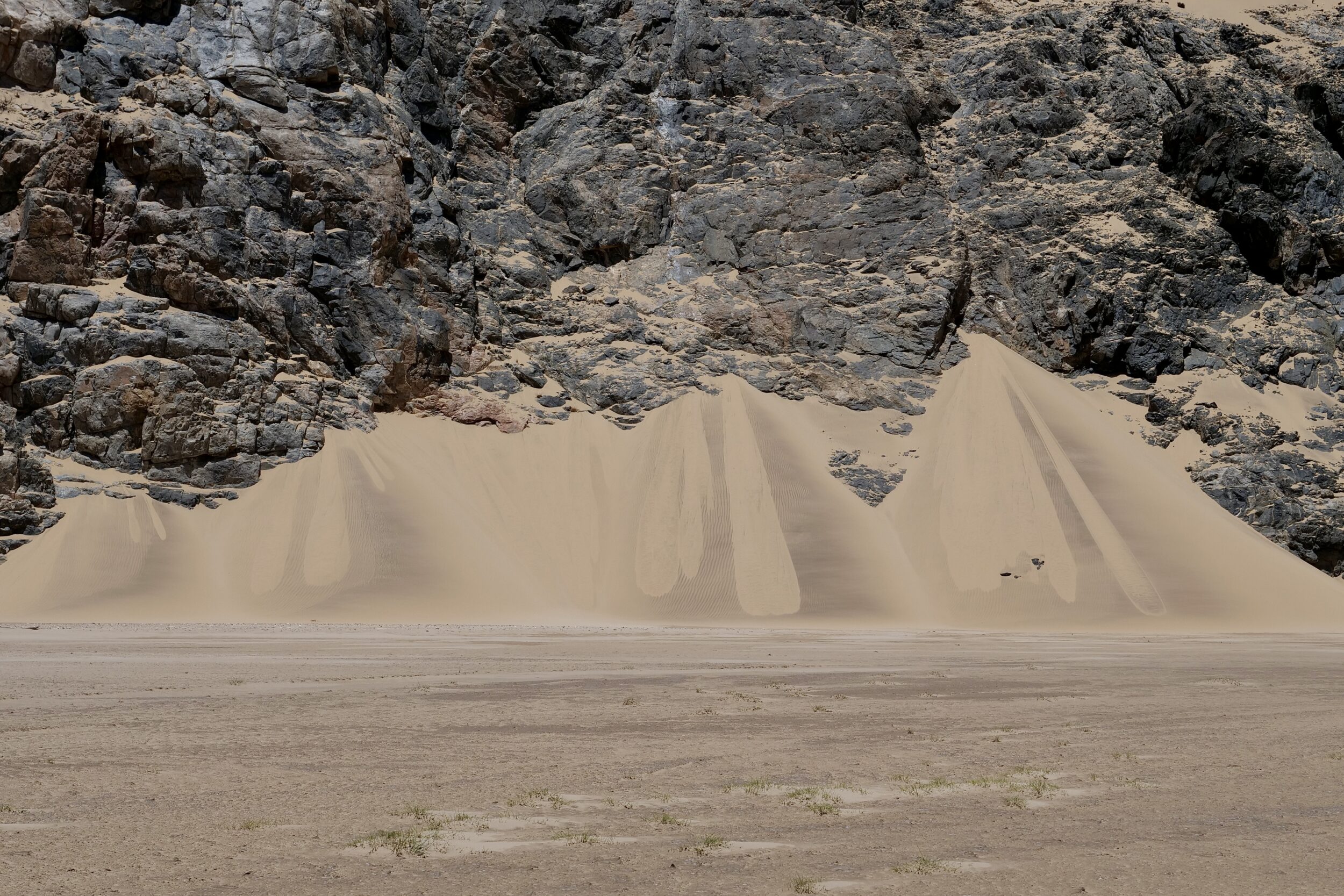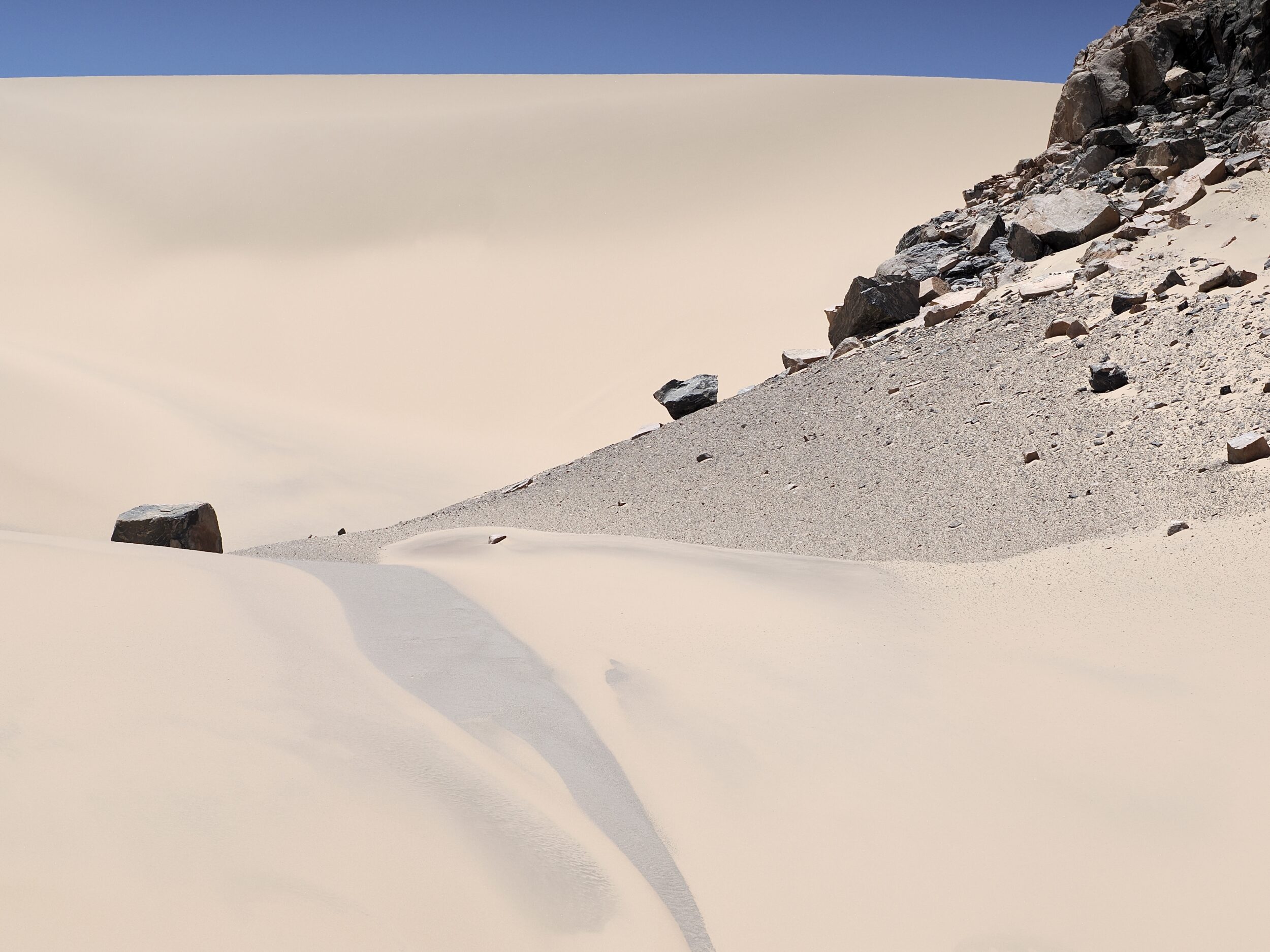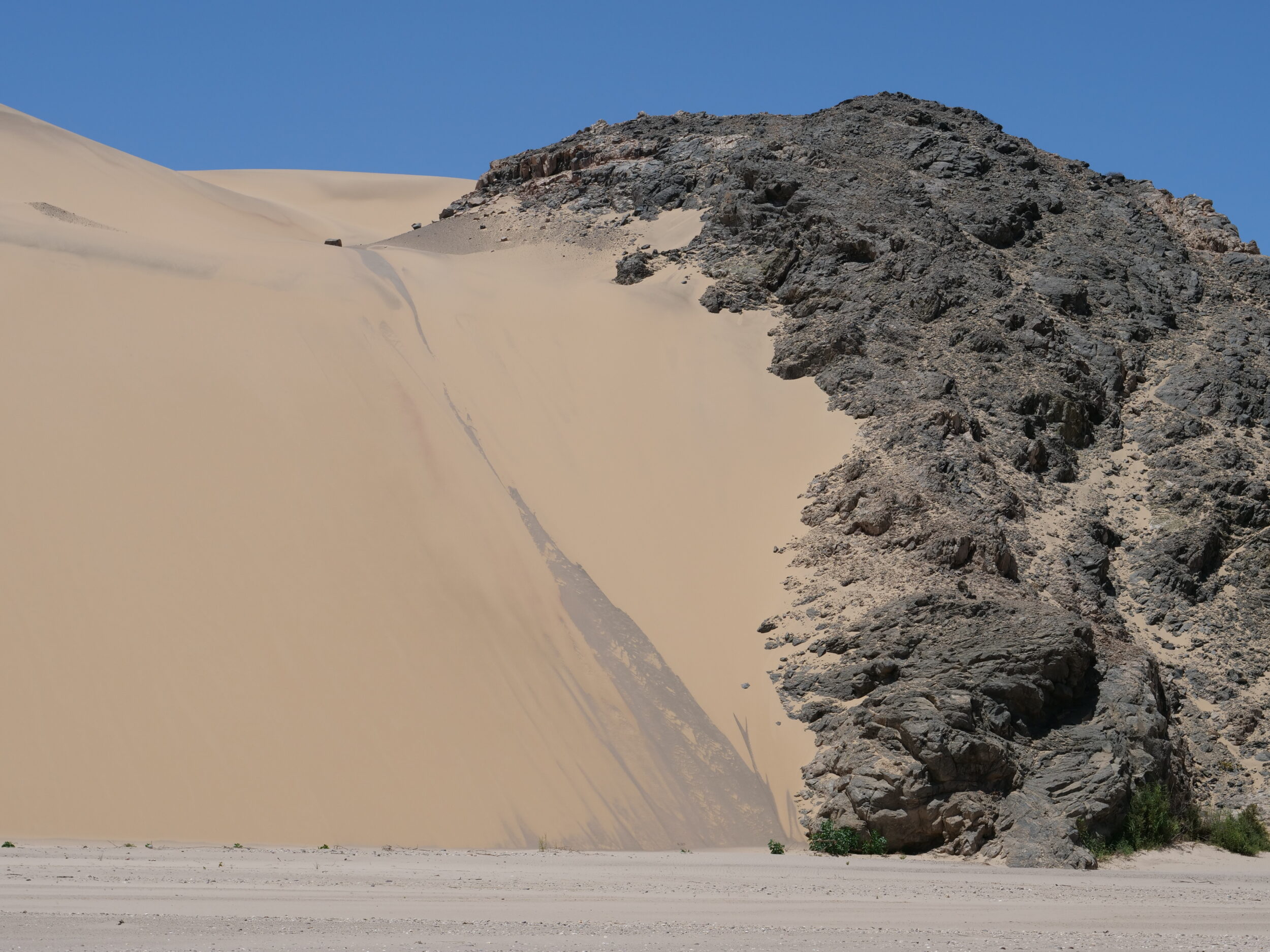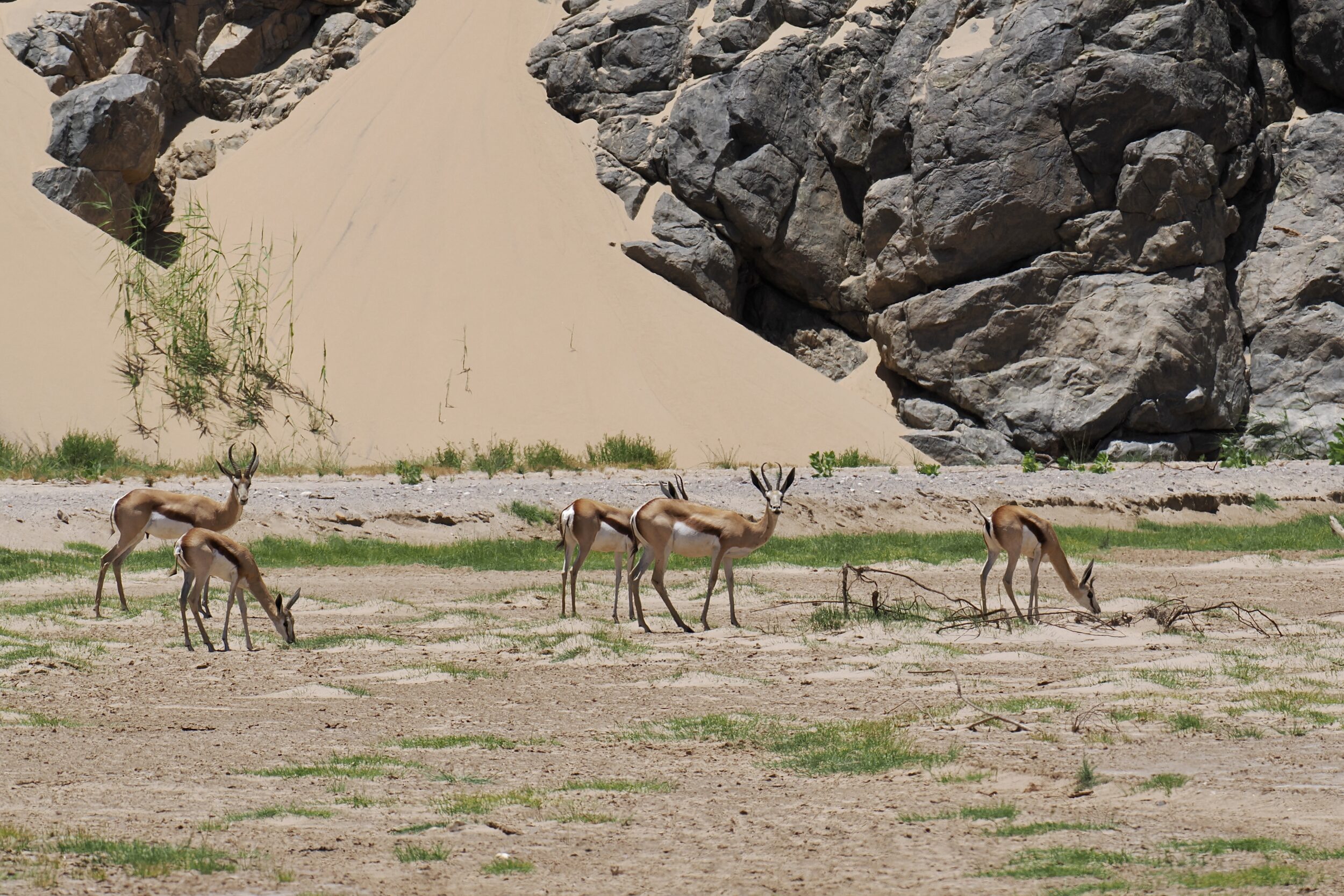Whether or not you are taking photographs – and wherever you happen to be – it is always worthwhile, often, to change your field of view from narrow to wide, and to shift your focus from somewhere/something near to somewhere/something distant…and vice-versa.
Doing so will help your eyes to work better, for longer…and you will enjoy many wonderful sights that you would have missed, had your focus and field of view remained “fixed”.
(it is also a good idea – most especially if you enjoy wildlife encounters – to turn around and look behind you, frequently …but “turning around” is not this series’ concern)
The series begins in the Namib, the world’s oldest desert…
Leave a Comment